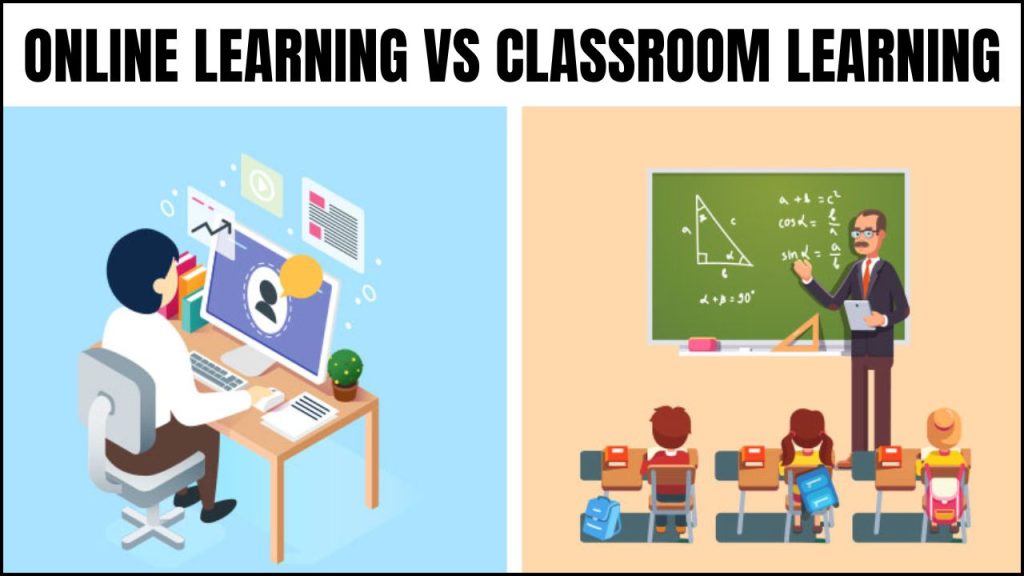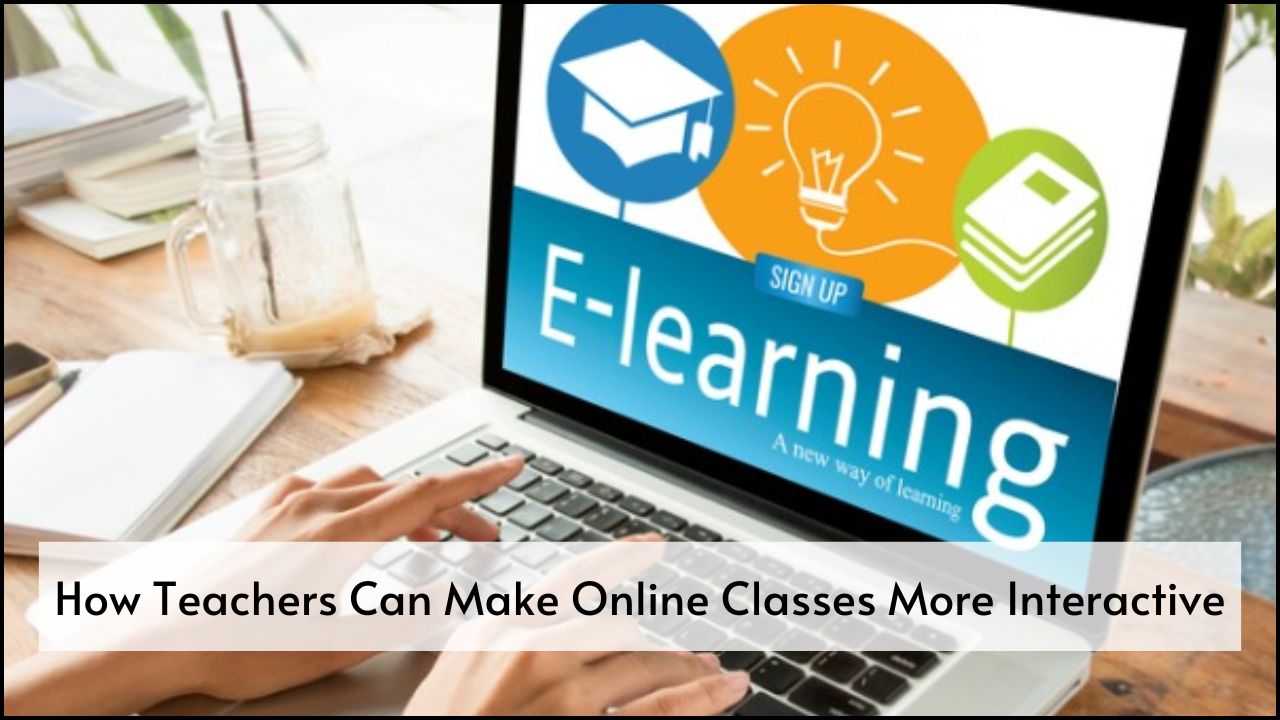
Online learning and classroom learning offer different benefits and challenges. Each has become essential in today’s education system, depending on students’ needs and goals. The right choice depends on the learner’s situation, goals, learning style, and resources. This article compares the two modes of learning by focusing on key aspects such as flexibility, interaction, technology use, cost, and accessibility.
Table of Contents
Key Differences Between Online and Classroom Learning
| Factor | Online Learning | Classroom Learning |
|---|---|---|
| Flexibility | Offers more freedom in terms of timing and location. | Requires attendance at fixed times and specific places. |
| Interaction | Allows limited real-time interaction; mostly through chats or video calls. | Provides direct face-to-face interaction with teachers and classmates. |
| Technology Requirement | Depends heavily on a stable internet connection and digital devices. | Uses technology occasionally; not mandatory for every session. |
| Self-discipline | Demands strong time management and motivation. | Encourages routine and teacher supervision. |
| Cost | Generally more affordable; saves transportation and accommodation costs. | Requires strong time management and motivation. |
| Accessibility | Accessible from remote or rural locations. | It can be expensive due to campus facilities and travel expenses. |
| Practical Exposure | Offers fewer opportunities for hands-on experiences. | Provides more scope for labs, workshops, and real-time group activities. |
| Learning Style Support | Suitable for visual and independent learners. | Better for auditory and group learners. |
| Assessment Methods | Conducts quizzes, assignments, and online exams. | Involves presentations, classroom tests, and peer evaluations. |
| Feedback | Gives delayed or written feedback from instructors. | Allows instant verbal feedback during classes. |
Advantages of Online Learning
- Flexibility in Scheduling
Students choose study hours based on convenience, making it easier for working professionals and parents. - Customizable Learning Pace
Learners control the speed of the course. Videos can be paused or repeated, helping to better understand. - Cost-effectiveness
Online courses usually have lower tuition fees. Expenses like commuting, hostel, and textbooks are reduced. - Global Learning Opportunities
Students access courses from foreign universities without leaving their home country. - Technology Integration
Digital tools enhance the learning experience. Features like screen sharing, animations, and instant quizzes add interactivity. - Wider Course Availability
Specialized subjects or niche programs are often available only online.
Advantages of Classroom Learning
- Structured Environment
Fixed schedules and deadlines help maintain a disciplined routine and regularity. - Live Interaction and Discussion
Students participate in debates, group tasks, and real-time question-answer sessions. - Immediate Clarification of Doubts
Teachers resolve doubts instantly, reducing confusion. - Access to Labs and Equipment
Practical courses like science, engineering, or fine arts require hands-on experience, possible only in classrooms. - Improved Social Skills
Interactions with peers build communication, collaboration, and team-building skills. - Better Monitoring and Guidance
Teachers observe students’ performance closely and provide personalized advice.
Disadvantages of Online Learning
- Lack of Practical Experience
Subjects that require physical tools or environments can’t be taught entirely online. - Reduced Social Interaction
Students miss face-to-face conversations and friendships formed in physical classrooms. - Dependence on Internet Connectivity
Poor internet or device failure can disrupt the learning process. - Lower Motivation Levels
The absence of peer pressure and classroom energy may lead to procrastination. - Difficulty in Evaluation
Online tests may not reflect real understanding due to issues like cheating or technical glitches.
Disadvantages of Classroom Learning
- Inflexibility in Time and Location
Students must travel and follow a fixed timetable, which is tough for those with other commitments. - Higher Costs
Tuition fees, travel, food, and accommodation add to the total cost. - Limited Individual Attention
Large class sizes reduce the scope for personalized teaching. - Accessibility Issues
People from rural areas or with mobility challenges face difficulties attending physical classes. - Stress and Pressure
Competitive environments and rigid rules may cause anxiety in some students.
When to Choose Online Learning
| Scenario | Reason |
|---|---|
| Working professionals | Manage job and studies together through flexible hours. |
| People in remote areas | Lack access to colleges or universities nearby. |
| Lifelong learners | Explore personal interests or learn skills like coding, art, or marketing. |
| Students preparing for exams | Use recorded lessons to revise topics repeatedly. |
| Individuals with mobility limitations | Study from home without transportation concerns. |
When to Choose Classroom Learning
| Scenario | Reason |
|---|---|
| Students in practical fields | Need access to labs and equipment for learning. |
| Young learners | Require personal attention and structured discipline. |
| People struggling with self-discipline | Benefit from peer competition and teacher supervision. |
| Language learners | Need real-time communication and pronunciation practice. |
| Students who enjoy group learning | Prefer group projects and classroom activities. |
Future Trends in Learning
- Blended Learning Models
Institutions are combining online and classroom methods to offer the best of both worlds. - AI-based Learning Platforms
Personalized study plans and real-time doubt solving are becoming common. - Virtual Reality in Education
VR tools simulate lab environments and historical events for immersive experiences. - Lifelong Learning Culture
Professionals regularly upskill through online platforms without enrolling in universities.
Wrapping Up
Both online and classroom learning have unique strengths and limitations. One is not better than the other for all situations. The best option depends on the learner’s lifestyle, subject matter, budget, and personal preferences. A thoughtful choice ensures the right support for educational success and long-term growth.





